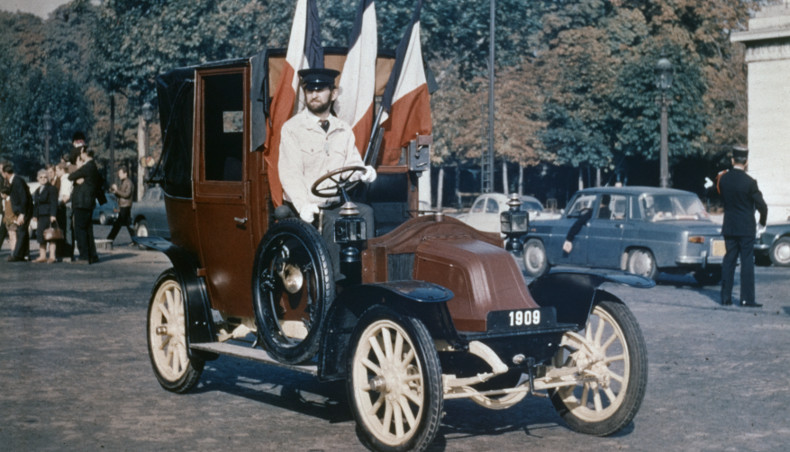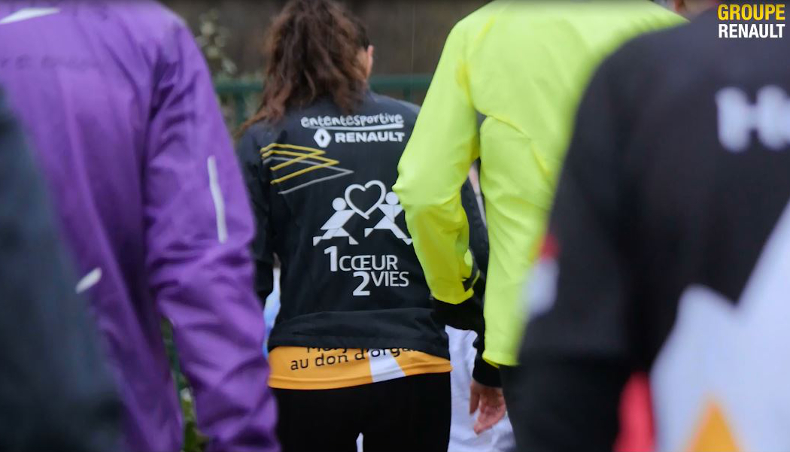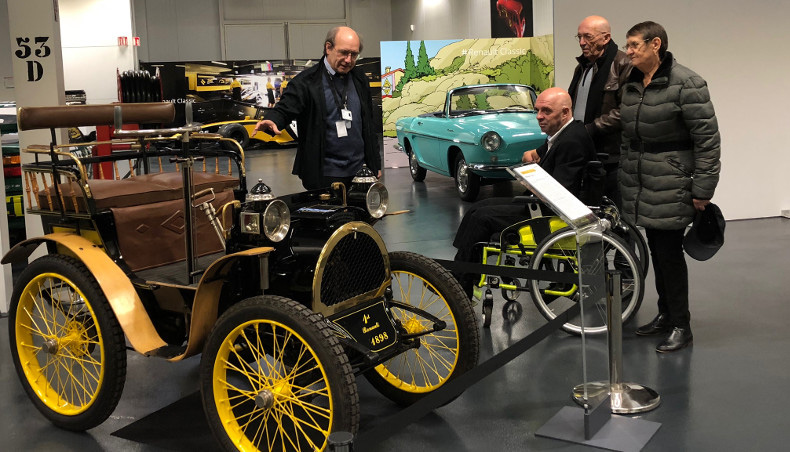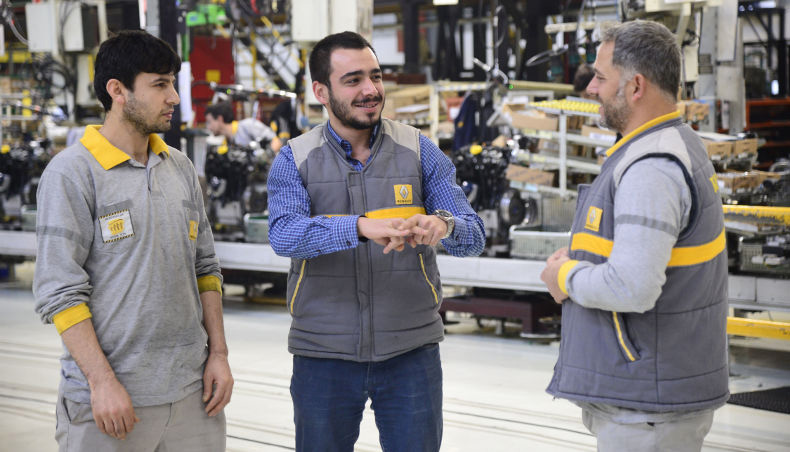

At the turn of the 20th century, the Type AG was designed with simplicity and robustness uppermost in mind, two qualities that would prove instrumental in bringing Renault the first contract for taxis, known then as “fiacres automobiles”, or “hackney carriages”. By 1905, there were 250 Type AG taxis on the roads of the French capital, rising to 1000 by 1906 and to 1500 two years later. This success, which was a great source of pride for Billancourt, extended well beyond the borders of France: In 1907, Renault would sell 1100 units in London.
But it was in 1914 that these taxis marked their place in history. Paris taxis were requisitioned to help stem the invading German army’s march on Paris: 1300 of them would carry 6000 soldiers to win the Battle of the Marne. Thereafter, the Type AG would be known as the “Taxi de la Marne”.
Louis Renault became intensely involved in the French war effort, most notably by producing the FT17, the first light assault vehicle.
Mobility for all: an ambition etched in Renault’s DNA
Renault has never failed to rise to the mobility needs of the time, and continues to strive in this direction today. At the 2017 Frankfurt Motor Show, Renault presented its vision for personal mobility of the future with the SYMBIOZ concept: a large, sculpture-like hatch that is like an extension of the home. Its design, inside and out, fits around its technology—electric, autonomous, connected—to help users win back some time and discover a new life experience on board. A few weeks later, journalists tested the rolling prototype, the SYMBIOZ Demo car.
 At the 2018 Geneva Motor Show, Renault unveiled EZ-GO, the new face of future mobility: shared, on-demand and driverless. EZ-GO, an electric and connected vehicle, is specifically designed for urban commuting. Its features make it equally easy to use alone, as a family, with a group of friends or carpooling with other people, for safe and pleasant journeys.
At the 2018 Geneva Motor Show, Renault unveiled EZ-GO, the new face of future mobility: shared, on-demand and driverless. EZ-GO, an electric and connected vehicle, is specifically designed for urban commuting. Its features make it equally easy to use alone, as a family, with a group of friends or carpooling with other people, for safe and pleasant journeys.

To deliver on this vision, Groupe Renault is already experimenting and operating mobility services throughout the world, as illustrated by our ride hailing services offered via Marcel Cab, which distinguishes itself through the quality of service, its environmental impact and a social policy that respects its drivers.




